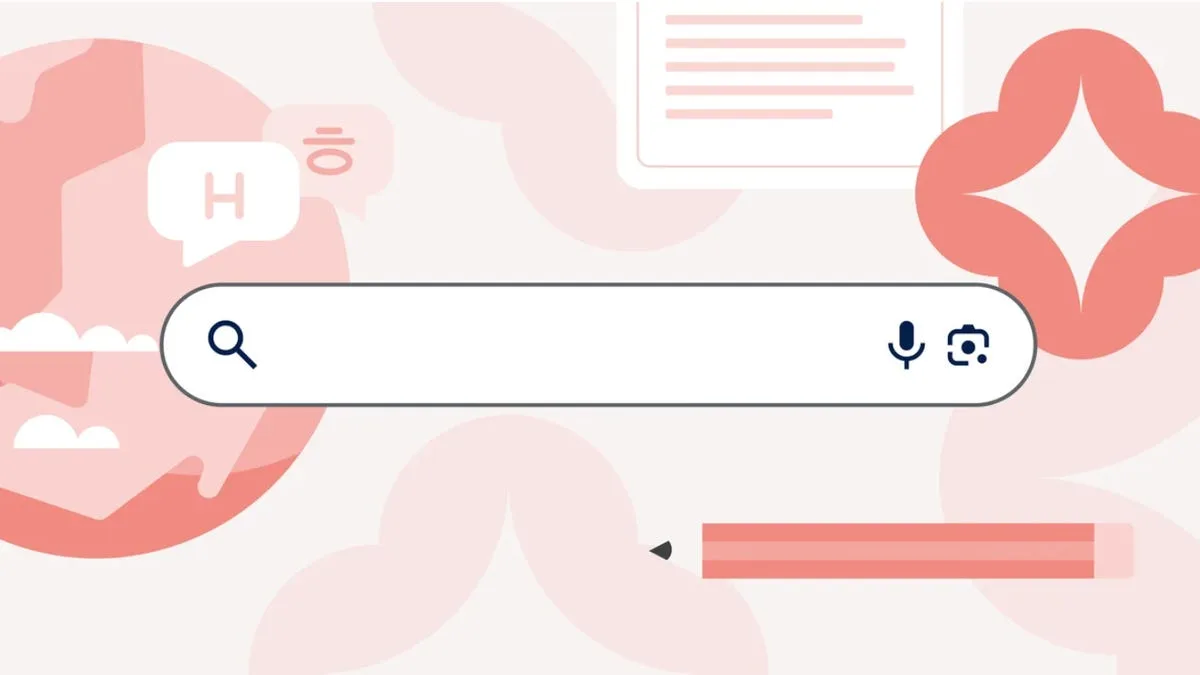Revolutionary Robotic Arm ELLMER: Your New Coffee Assistant
Forget about the days of cumbersome robots limited to factory production lines. A groundbreaking AI-powered robotic arm, designed to navigate the often chaotic environment of your kitchen, is here to change the way you enjoy your morning coffee. Researchers from the University of Edinburgh have unveiled a remarkable system capable of preparing your favorite beverages, effortlessly adapting to the unpredictable scenarios that arise during cooking or brewing.
Innovation at Its Finest: ELLMER Unveiled
In a significant advancement for robotics, the University of Edinburgh has announced the development of a sophisticated robotic system—ELLMER (Embodied LLM-enabled Robot). This robot can interpret verbal instructions, adeptly move through unfamiliar settings, and execute complex tasks that require a delicate touch and swift reactions to unforeseen changes.
Published in the journal Nature Machine Intelligence, this study reveals how the synergy between advanced language processing and sensitive sensory feedback can help machines operate effectively within unpredictable environments. This has been a perennial challenge for robotics engineers and marks a turning point in the design and functionality of robots.
A Glimpse into the Future of Robotics
At the forefront of the research, Ruaridh Mon-Williams, lead researcher and a member of the School of Informatics at the University of Edinburgh, stated, “We are glimpsing a future where robots with increasingly advanced intelligence become commonplace.” He emphasizes that human intelligence combines reasoning, movement, and perception—an aspect that has seldom been integrated into AI and robotics until now. The need for discussions surrounding the societal ramifications of such technologies has never been more pressing.
A New Era of Interaction
Unlike conventional robots that rely on fixed programming directives, ELLMER merges a large language model (similar to ChatGPT) with refined sensors that deliver continuous visual and tactile feedback. This innovative approach resonates with the scientific consensus on embodied cognition, positing that our cognitive processes are intertwined with our physical interactions in the world around us.
Bridging the Gap in Robotics Intelligence
One interesting perspective raised in the research emphasizes that if historical AI systems, such as Deep Blue, were genuinely intelligent, they should also be able to execute physical actions—in this case, moving chess pieces when playing. This comment underscores the limitations present in disembodied AI systems and highlights the transformative potential of ELLMER.
Commanding Coffee: The Features of ELLMER
ELLMER’s capabilities shine through tasks like making coffee or serving food. The seven-jointed robotic arm can respond effectively to intricate verbal instructions. For instance, an individual might say, “I’m tired, and my friends are arriving for cake soon. Could you prepare a hot beverage and decorate the plate with an animal of your choice?” The robot interprets the request—determining a hot coffee is suitable for the tired user—and methodically breaks down the task into achievable steps.
Breakthrough: Moving Beyond Static Programming
Traditional robots thrive within stable settings, such as assembly lines, where every action is predefined. Challenges emerge in dynamic environments like kitchens, characterized by moving objects and sudden obstructions. ELLMER has been engineered to bridge this gap, utilizing continuous sensory feedback.
A force sensor located at the robot’s "wrist" monitors the pressure exerted while opening cabinets, pouring water, or drawing on plates. Meanwhile, a depth camera provides ongoing visual data regarding object locations and movements. This constant influx of sensory information allows ELLMER to adjust its actions in real-time—for instance, altering its pouring angle when a person nudges the cup unexpectedly.
Harnessing the Power of AI for Abstract Reasoning
The integration of advanced AI technology, such as GPT-4, grants ELLMER remarkable capabilities for abstract reasoning. The study observed that the system adeptly generates coding and executes tasks based on force and visual feedback, effectively providing the robotic arm with a semblance of intelligence.
Creative Potential: ELLMER’s Artistic Flair
Beyond simple tasks, ELLMER showcases creative prowess through a process known as Retrieval-Augmented Generation (RAG). This technique enables the robot to draw upon contextual examples from a wide-ranging knowledge base, mirroring how humans rely on their cultural knowledge.
In an impressive demonstration, ELLMER was tasked with decorating a plate with a “random animal.” The sophisticated system utilized an image generation model to design an animal silhouette, then meticulously drew the outline on the plate, maintaining consistent pen pressure controlled by force feedback.
Ensuring Accuracy and Reliability
The researchers tested ELLMER against various methodologies and found the RAG approach notably enhanced the robot’s accuracy and sincerity—its capability to perform tasks without generating erroneous outputs.
Launching into the Future: Applications and Challenges Ahead
While ELLMER has successfully navigated challenges like coffee preparation, the research team acknowledges certain constraints. The system currently functions best in somewhat organized environments and can struggle with complex visual scenes or frequently occluded objects.
Although the vision system achieves a perfect identification rate of a white coffee cup in ideal conditions, its accuracy plummets to approximately 20% when the cup is obscured by other items. Similarly, the robot’s pouring accuracy averages 5.4 grams per 100 grams at moderate speeds, but deviations increase significantly at high pouring rates—reaching about 20 grams per second at maximum velocity.
Potential Applications Beyond the Kitchen
Despite these hurdles, ELLMER demonstrates immense potential that could resonate far beyond the culinary world. The researchers express optimism, stating, “ELLMER’s potential extends to creating intricate and artistic movements.” Models akin to DALL-E could inspire trajectory generation based on visual inputs, opening new pathways for robotic movements applicable in activities ranging from cake decoration to latte art creation.
Advancements in Human-Robot Collaboration
As sensing technologies continue to evolve and language models become increasingly sophisticated, robots such as ELLMER could soon revolutionize various domestic and professional environments. This change could dramatically reshape human-robot collaboration in unpredictable settings, allowing seamless integration of machines in daily life.
Collaborative Endeavors
This innovative research, backed by the Engineering and Physical Sciences Research Council (EPSRC), was led by Ruaridh Mon-Williams, currently a PhD student at the University of Edinburgh, Massachusetts Institute of Technology, and Princeton University. The project also features collaboration with Cemex, a worldwide leader in building materials, marking a multifaceted effort to push the boundaries of robotic technology.
Conclusion: The Dawn of Intelligent Robotics
As we stand on the brink of a new chapter in robotics, ELLMER not only exemplifies the culmination of intricate programming and advanced AI integration but also challenges our perceptions of intelligent machinery. With its ability to adapt and cater to human needs in dynamic environments, this robotic marvel could soon evolve from the laboratory into our everyday lives, reshaping our interaction with technology, and offering a compelling glimpse into a future where robots become indispensable allies in our homes and workplaces. As we embrace these innovations, the conversation surrounding their societal implications is crucial for guiding the integration of such technology into our lives.







